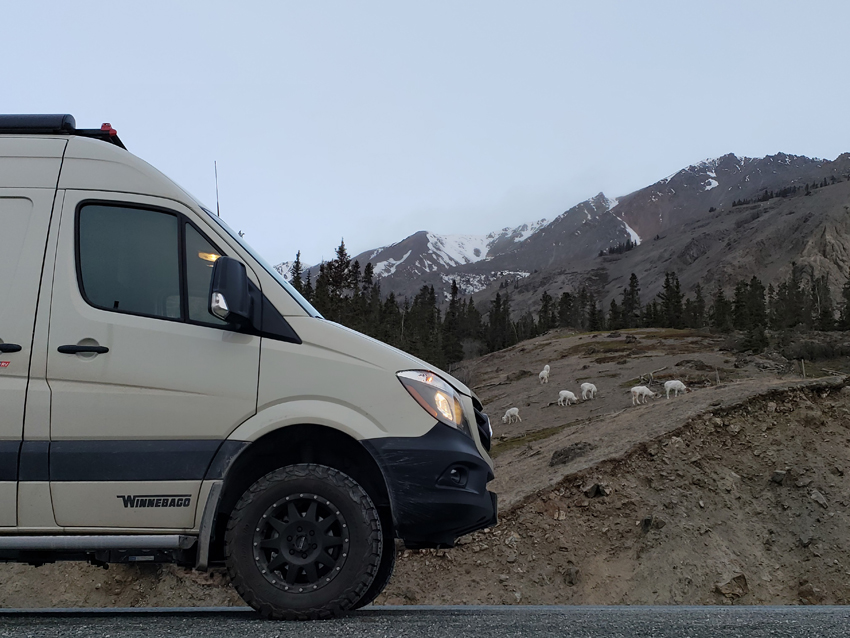In previous posts, I have touted the joys of winter camping and all the fun family winter activities that can be enjoyed in an RV.
Now, if you choose to take up winter camping and your travels will take you to areas with sub-freezing weather, there are several precautions you should be aware of.
The number one concern is keeping your RV plumbing from freezing. Not just the freshwater system, but the waste holding tanks too.
Winter camping is an enjoyable experience and there are easy ways to offset challenges. If you are new to sub-freezing camping, I suggest your first outing be at a campground that has electrical hookups. Having access to shore power provides plenty of energy to keep everything warm, the furnace running and removes the concern for keeping the batteries charged, which is a whole other entry.
You will probably want to leave your RV winterized until you reach camp and take on water upon reaching the campground.

Once you’re at your site, there are several things you will need to perform to protect your plumbing and keep things running smooth.
- Unless you have a heated freshwater hose, *fill your freshwater tank upon arriving, then drain and store the hose. Nothing takes the fun out of winter camping more than trying to coil a 25-foot water hose that is frozen stiff. (*Note: If your freshwater tank is not heated and you are concerned it might freeze over the course of your campout, leave enough room for expansion in the event the water freezes as to not split your water tank open).
- If you have an exterior shower, remove the shower head from the hose and make sure it is drained. While the hose and nylon faucet can typically withstand freezing, the shower head is the most susceptible to damage from freezing. If the back of your exterior shower opens up into an interior RV cabinet, like under the bathroom sink, leave the cabinet door open to protect the lines to the faucet and provide some heat to the back of the faucet itself.
- If you have electric hookups, consider taking an electric heater with you to save propane and furnace time. For safety, buy an electric heater (that shuts off if it tips over) or an oil-filled electric heater. I carry an oil-filled heater as there is no fan to make noise to keep me awake at night.
- Know where your freshwater pipes are located. If they are located in the back of your cabinets, leave the cabinet doors cracked so heat can circulate to them. If they are located in the floor along the heating ducts, make sure your furnace cycles occasionally to prevent them from freezing.
- Keep your holding tanks and valves from freezing by adding RV antifreeze to the tanks. The amount you will need to add will be proportional to the contents in each tank. Also, if your travels to and from the campground will be through winter conditions, be aware that ice can build up on your dump valves and termination cap (see below photo), which makes for an interesting proposition when you go to dump your tanks.
Subfreezing camping and the precautions and trials that come with it is just another adventure in RVing. Get out there and enjoy!
Article Contribution of: Dave Helgeson, RV Life Magazine
Original Article can be found here: http://rvlife.com/keep-plumbing-from-freezing-when-winter-camping/
Additional Posts you may like:
How to Avoid Winter Camping Problems in Your RV
5 Ways RVing in Winter Can offer Great Experiences